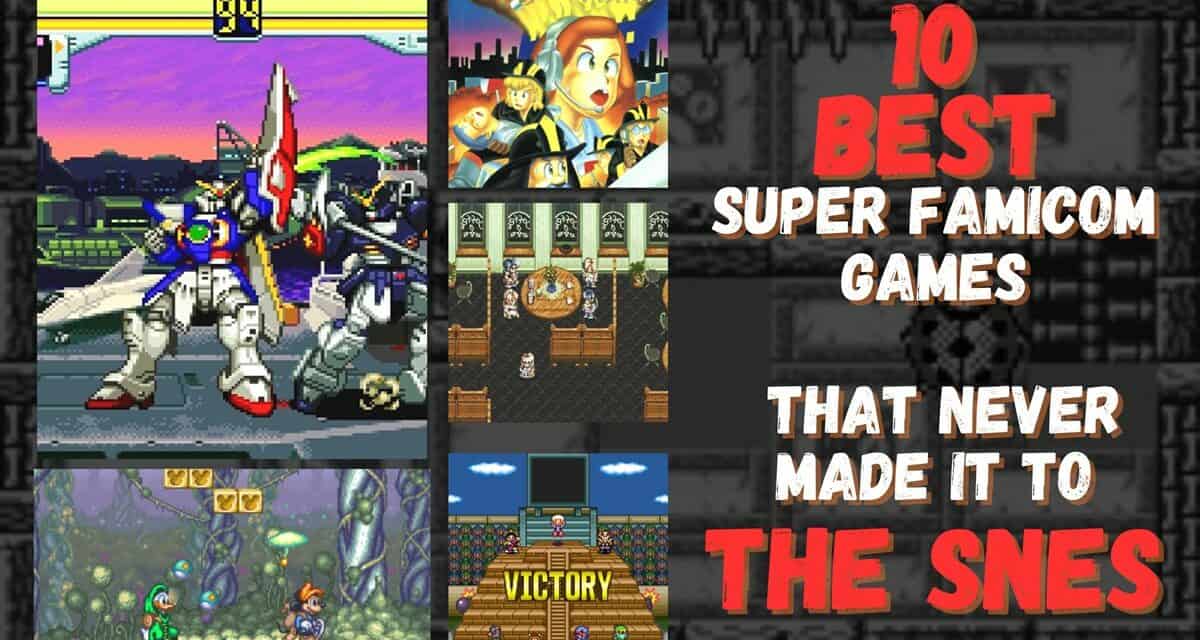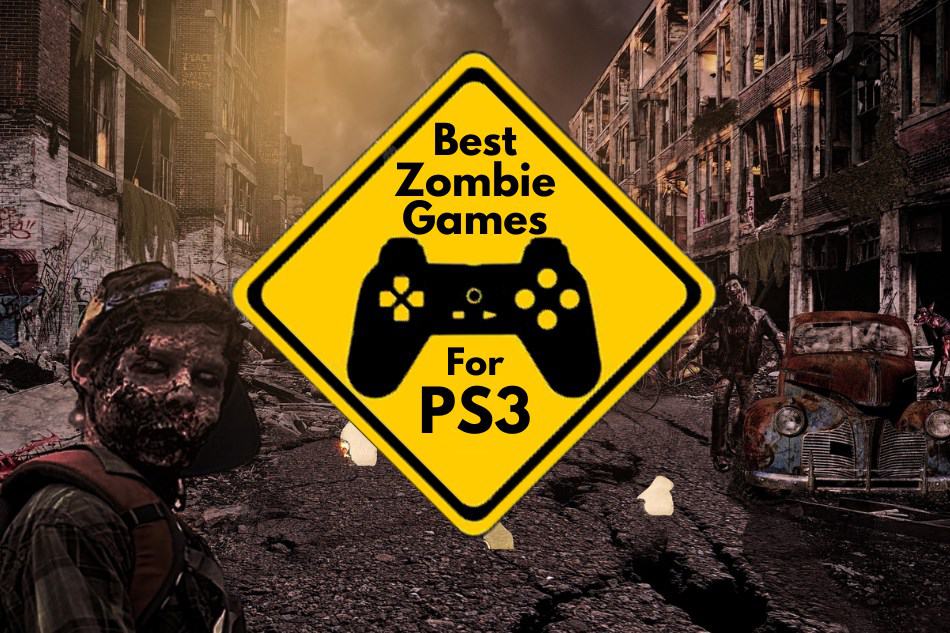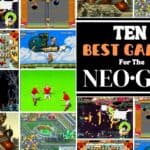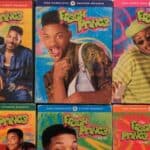When Nintendo launched the Super Famicom in Japan on November 21st, 1990, the world was launched headlong into the 16-bit revolution.
Now, some three decades later, what we here in North America would come to know as the Super Nintendo Entertainment System has become one of the most coveted and beloved consoles the world over.
Perhaps this is not all that surprising when you consider its sprawling library of over 1,700 genre-defining games. Or, perhaps it’s due to the fact that the console still features a large selection of exclusive titles that never actually made it over to our shores.
That’s right! During the nine-year lifespan of the console, some 978 games skipped the SNES and were released exclusively for Nintendo’s Super Famicom in Japan.
Sure, a few would eventually make it over to North America as ports for other systems like the Game Boy Advance, but for the most part, several of these games would never be experienced by us here in the west.
Of course, times have changed. Dedicated fan translations and emulation have now allowed many Super Famicom releases to be played by a much more global audience than ever before. However, of all the games that called that classic console home, one can’t but wonder which were the greatest of all.
Well, wonder no more with my extensively researched look back at
The 10 Best Super Famicom Games Of All Time…
The Firemen
An action-adventure title from Human Entertainment, The Firemen was released to the SFC on September 9th, 1994.
Players control Pete Grey, a firefighter whose team has been tasked with saving a chemical plant from burning to the ground. Along the way, you’ll use hoses and fire-extinguishing bombs in an effort to keep the blaze at bay, while at the same time rescuing civilians and collecting samples of a hazardous chemical that risks destroying the plant once and for all.
Each level contains a ‘boss fire’ that must be extinguished in a certain way, while the other members of your team communicate additional instructions and provide backup assistance when needed.
With over 30,000 copies sold during its lifetime, The Firemen is a unique addition to the Super Famicom library buoyed by strong visuals and an overall pleasing presentation that make its low difficulty and total lack of a co-op mode easier to dismiss.
Dragon Quest V
While the first four games in the Dragon Quest franchise did see release in North America under the title of Dragon Warrior, everything changed when it came time to bring the series over to the Super Famicom.
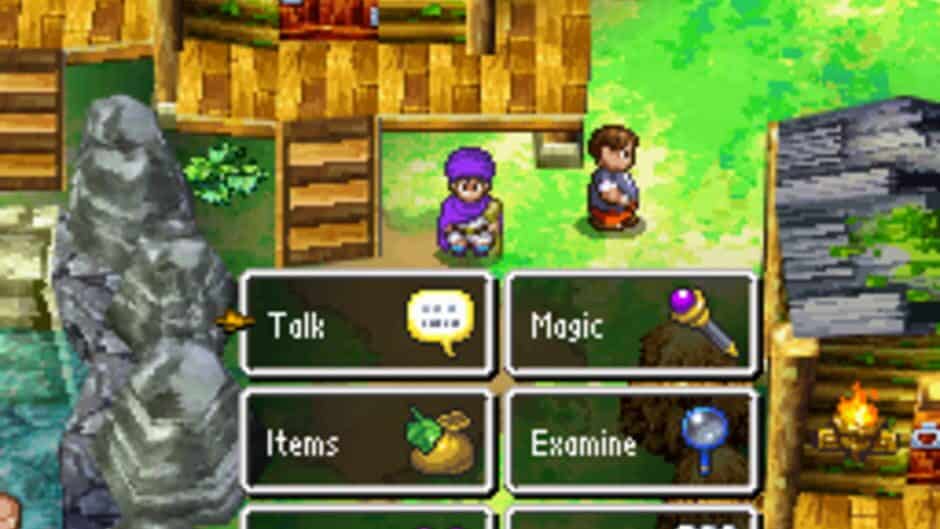
Developed by Chunsoft and published by Enix, Dragon Quest V: Hand Of The Heavenly Bride was the first of the popular RPG series to find a home on the SFC when released in Japan on September 27th, 1992.
Featuring beautiful visuals, a strong story, and the ability to tame monsters into your party, this is early 90s role-play gaming at its finest!
A DS remake would be released in North America early in 2009, while a well-made fan translation in 2002 gave western gamers access to what is considered by many to be the franchise’s finest hour for a handful of years before that. Which is great, because it is that good!
Rockman & Forte
Also known as Mega Man & Base, this classic Capcom title features some seriously strong platforming while also offering gamers the chance to play through as either Rockman or his rival, Forte.
Released in Japan on April 24th, 1998, it was praised by critics and fans alike for its solid gameplay and success in adhering to the classic formula of its predecessors.
One of the few games in the series to not be localized for English-speaking countries, a port would eventually see release in North America on the Game Boy Advance in 2003.
Now, while most of my exposure to this game came in the form of the GBA port, it is the Super Famicom original that I still feel reigns supreme. With fluid animation, strong character sprites (many of which are borrowed straight out of Mega Man 8), and a challenging layout, it’s an addicting little time capsule of a game that offers few innovations in favor of holding true to what had come before. Which, in this case, is exactly what we wanted!
Tales Of Phantasia
An action role-play game published by Namco, Tales Of Phantasia takes place in the fantasy world of Aselia and follows a highly-trained swordsman driven by vengeance after his hometown is destroyed.
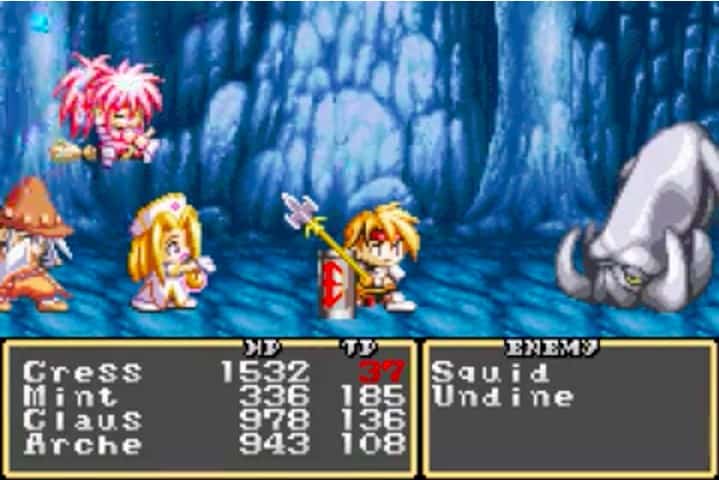
Integrated with a Linear Motion Battle System, fights are played out on two-dimensional terrain with players controlling the main character in real-time. It’s a nice game to look at, especially for a mid-90s single-player adventure, and is more than a little immersive.
While the original version hit the Japanese market in 1995, North American gamers wouldn’t get a fully translated version for themselves until the spring of 2006.
Written and programmed by tri-Ace Inc. President Yoshiharu Gotanda, Tales Of Phantasia continues to be heralded as one of the best Japanese RPG games of all time, as well as one of the strongest titles to come out of the Namco library.
Mickey To Donald: Magical Adventure 3
Believe it or not, there once was a time when licensed video games were good. Case and point, the Magical Quest series starring Mickey Mouse.
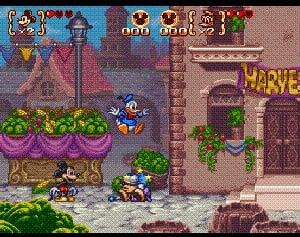
Magical Adventure 3 is a well-designed action platformer featuring fluid animation, strong audio, and co-op gameplay with the addition of Donald Duck, this Capcom threequel sees the classic Disney characters teaming up to defeat King Pete after he kidnaps Donald’s nephews.
Now looking to take over the world, Mickey and Donald must rescue Huey, Dewey, and Louie and stop their nefarious foe before it is too late.
Originally released in December 1995, a port would eventually make its way over to North America on the Game Boy Advance in 2004.
Praised for ingenuity, a creative costuming system, and strong cooperative gameplay, this final entry in the Magical Quest series looks back upon a bygone era when licensed games were worth your time and looked to offer consumers a truly entertaining experience besides.
Live A Live
A role-play title developed and published by Square in 1994, Live A Live is made up of nine different scenarios featuring a host of unique narratives and gimmicks.
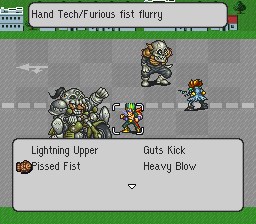
Serving as the directorial debut of Chrono Trigger helmer Takashi Tokita, the game features a turn-based battle system and encourages players to learn new abilities and facts to move each story forward.
While it is rather short, the omnibus-style storytelling is rather creative and does a nice job of keeping players on their toes.
Sure, it may lack the depth and substance of some of its contemporaries, but if you’re looking for something with a little more variety, then Live A Live is the game for you!
Mobile Suit Gundam Wing: Endless Duel
Published by Bandai in 1996, this multi-player fighter was the first game to be based on the Mobile Suit Gundam Wing anime series.
Similar in style to Street Fighter II, players control one of ten playable characters – each with unique attacks and abilities that mirror those seen in the anime.
Featuring a Story, Versus, and Trail Mode, the game is amusing on all levels and packs an impressive punch in both the gameplay and audiovisual departments. Additionally, the familiar character roster is certain to please fans of the franchise, while the sheer variety of melee fighting styles is impressive, to say the least.
I’ve revisited this one more than a few times over the years and still contend it is one of the very best fighting games to find a place on the Super Famicom. I just wish it had seen a western release before the age of the Internet.
Star Ocean
The first, and arguably best, entry in the series, Star Ocean is an action rpg game published by Enix in July 1996.

Featuring graphics that pushed the console to its very limits and voice acting in the intro and battle scenarios, Star Ocean was a real rarity for the time and easily set itself apart from its contemporaries when it came to ingenuity.
Played from a top-down perspective, gamers explore a variety of different areas spread throughout the world, while also engaging in battles and recruiting new members into the ranks of their party.
Featuring non-turn-based battles played in a 3D isometric view, Star Ocean is easily one of the nicest-looking Super Famicom games ever created. Couple this with one of the strongest in-game soundtracks of the era and some pretty bulletproof mechanics and Star Ocean is the sort of title that is not to be missed.
While the remakes released for the PSP and Switch between 2008 and 2019 were ho-hum in comparison, the original really showed the world what the Super Famicom was capable of well before next-gen tech.
Super Bomberman 5
Super Bomberman was one of those games that seemed to just get better with each new installment – and 1997’s Super Bomberman 5 was perhaps the best of them all.

A celebration of everything that had come out of the franchise up to that point, and featuring a nicely polished gameplay loop and non-linear approach to completion, Hudson Soft really seemed to pull out all the stops with this one – which I suppose is appropriate given that it was the last in the series to get a release on the Super Famicom.
The multiplayer mode is top-notch, offering a character customization option in addition to nine playable characters and over ten different maps to explore.
Sadly, this game would never see a release in the west, however, thanks to the arrival of emulated roms and online gaming just a few years ago, an entirely new group of gamers can experience this Japan-only gem for the very first time.
Super Dimension Fortress Macross: Scrambled Valkyrie
Or Choujikuu Yousai Macross: Scrambled Valkyrie, Published by Zamuse, this single-player shooter arrived on the Super Famicom on October 29th, 1993.
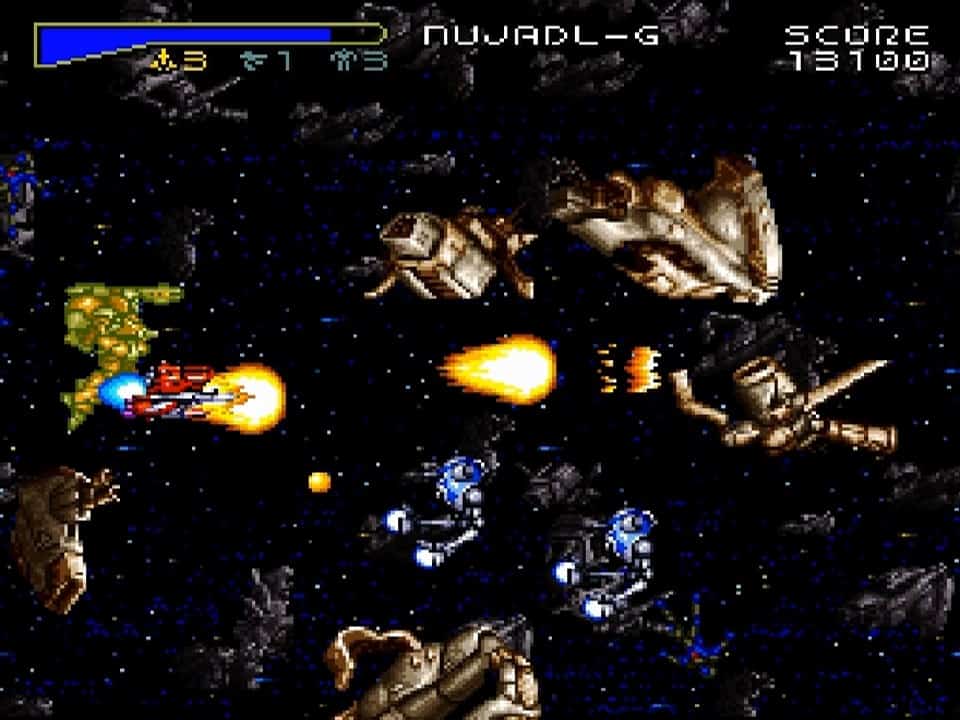
Part of the ever-popular Macross series, it allowed gamers to choose from three different playable characters and gave them access to each of the different mecha modes seen in the anime.
The Fighter, GERWALK, and Battroid all have power-up levels that can be increased by collecting a special item during play, while score bonuses, shield bonuses, and 1-Ups can also be obtained while making your way through a given stage.
Fast and fun with plenty of button-mashing madness and a killer soundtrack along for the ride, this is everything an early 90s shooter should have been and is the type of title you’re going to want to revisit again and again.
Previously voted the Best Japanese Shooter Of 1994, I feel that this Zamuse classic is the best of the best when it comes to Super Famicom games – effortlessly embracing everything fans loved about the genre and giving it an appropriate pop culture twist!
